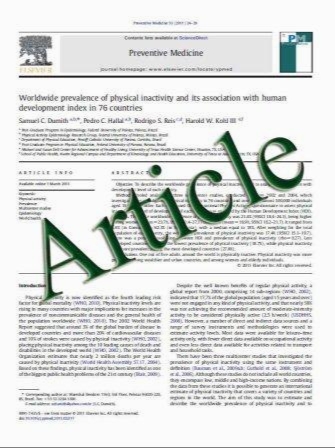Proliferating macrophages associated with high grade, hormone eceptor negative breast cancer and poor clinical outcome
- نوع فایل : کتاب
- زبان : انگلیسی
- مؤلف : Michael J. Campbell Nathan Y. Tonlaar Elisabeth R. Garwood Dezheng Huo Dan H. Moore Andrey I. Khramtsov Afred Au Frederick Baehner Yi
- چاپ و سال / کشور: 2010
Description
Macrophages, a key cell in the inflammatory cascade, have been associated with poor prognosis in cancers, including breast cancer. In this study, we investigated the relationship of a subset of macrophages—proliferating macrophages (promacs)—with clinicopathologic characteristics of breast cancer, including tumor size, grade, stage, lymph node metastases, hormone receptor status, subtype, as well as early recurrence, and survival. This study included a discovery and validation set that was conducted at two institutions and laboratories (University of California, San Francisco and University of Chicago) using two independent cohorts of patients with breast cancer. Formalin-fixed, paraffin-embedded sections and/or tissue microarrays were double-stained with anti- CD68 (a macrophage marker) and anti-PCNA (a proliferation marker) antibodies. The presence of intratumoral promacs was significantly correlated with high grade, hormone receptor negative tumors, and a basal-like subtype. In contrast, there was no correlation between promacs and tumor size, stage, or the number of the involved lymph nodes. These findings were consistent between the two study cohorts. Finally, promac numbers were a significant predictor of recurrence and survival. In the pooled analysis, elevated promac levels were associated with a 77% increased risk of dying (P = 0.015). The presence of promacs in human breast cancer may serve as a prognostic indicator for poor outcomes and early recurrence and serve as a potential cellular target for novel therapeutic interventions.
Breast Cancer Res Treat (2011) 128:703–711 DOI 10.1007/s10549-010-1154-y Received: 24 August 2010 / Accepted: 26 August 2010 / Published online: 15 September 2010 Springer Science+Business Media, LLC. 2010


